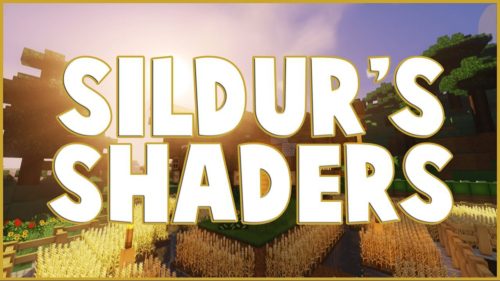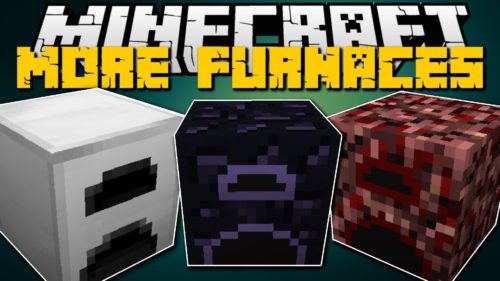Balanced Exchange Mod
Balanced Exchange Mod is based on features from Equivalent Exchange 2, like the destruction catalyst; the diving rods; being able to build with uncommon blocks (like mossy cobblestone); not hoarding chests full of cobblestone and dirt, just in case they’re needed one day; and being able to mine ore chains using the dark matter pickaxe.

Balanced Exchange Mod will allow you to do all that, but it doesn’t allow you to do some of the things that EE2 allowed you to do. Things that felt too much like cheating or that made other aspects of the game redundant – Like being able to turn 1 diamond into almost 2 stacks of bread… making that wheat farm you worked on rather useless.
Balanced Exchange Mod How does it work?
Amulet’s interface
Item transmutation
Upgrades
Transmutation modes
How to have an amulet replicate items from EE2
Balanced Exchange Mod Amulet Restorer
Balanced Exchange Mod Customization
Balanced Exchange Mod Review:
Balanced Exchange Mod How to install:
- Download and install Minecraft Forge
- Download the mod
- Go to .minecraft/mods folder
- Drag and drop the downloaded jar (zip) file into it
- If one does not exist you can create one
- Enjoy the mod
Download Links for Balanced Exchange Mod:
For Minecraft 1.5.2
Balanced Exchange Mod: https://dl.9minecraft.net/index.php?act=dl&id=1392864110
BCMod: https://dl.9minecraft.net/index.php?act=dl&id=1392864097
For Minecraft 1.6.4
Balanced Exchange Mod: https://dl.9minecraft.net/index.php?act=dl&id=1392864931
BCMod: https://dl.9minecraft.net/index.php?act=dl&id=1392864122
For Minecraft 1.7.2
Balanced Exchange Mod: https://dl.9minecraft.net/index.php?act=dl&id=1392864948
BCMod: https://dl.9minecraft.net/index.php?act=dl&id=1392864144
For Minecraft 1.7.10
Balanced Exchange Mod: Download from Server 1 – Download from Server 2





